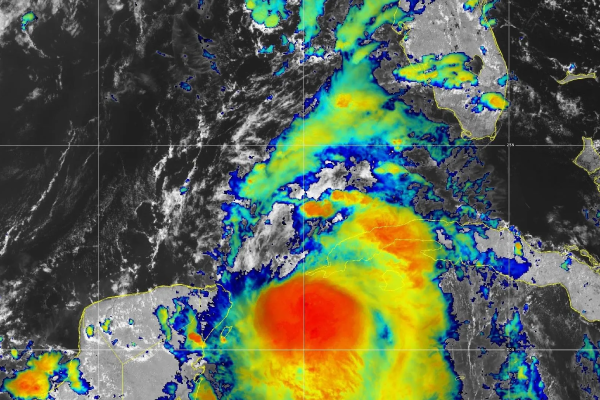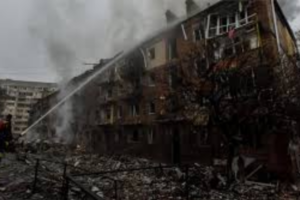Hurricane Idalia strengthened to a Category 2 hurricane as it approached the Gulf Coast of the United States’ state of Florida on Tuesday afternoon, prompting an emergency declaration, mass evacuations, and airline cancellations as it approaches landfall early Wednesday.
The hurricane was projected to build into a “extremely dangerous major hurricane” and pound the Gulf Coast, according to the United States National Hurricane Center.
It has the potential to become a Category 3 hurricane, which means it will have strong winds and a storm surge of 10 to 15 feet.
Idalia issued hurricane, tropical storm, and storm surge warnings and advisories to the majority of Florida’s 21 million population, as well as those in southern Georgia and South Carolina.
Florida Governor Ron DeSantis on Monday declared a state of emergency in 46 counties, a broad swath that stretches across the northern half of the state from the Gulf Coast to the Atlantic Coast. The number was expanded to 49 counties on Tuesday.
Read Also
According to local officials, more than 5,500 National Guard members have been mobilized and over 580 rescue personnel have been stationed for storm response.
Evacuation notices have been issued in at least 22 counties in the state. Many of the notices were for people in low-lying and coastal area.
Pasco and Levy counties, located north of Tampa, both ordered mandatory evacuations for some residents. In Levy County, officials said residents of Cedar Key must be off the island by Tuesday evening because storm surges would make bridges impassable.
North Carolina Governor Roy Cooper also declared a state of emergency on Tuesday in response to the powerful hurricane.
Hundreds of flights have been canceled as two of the region’s largest airports – Tampa International Airport and St. Pete-Clearwater International Airport – suspended commercial operations on Tuesday. Amtrak has canceled at least 12 East Coast routes and is modifying others.
At least 42 school districts have announced closures over the next two days, along with 16 state colleges and seven universities.





